
Himal Books

Showing all 17 books

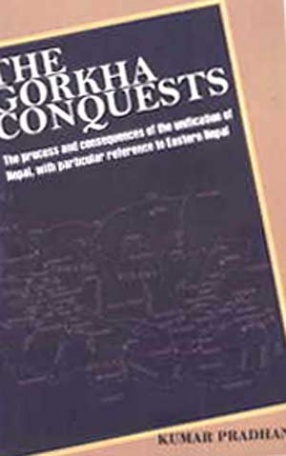
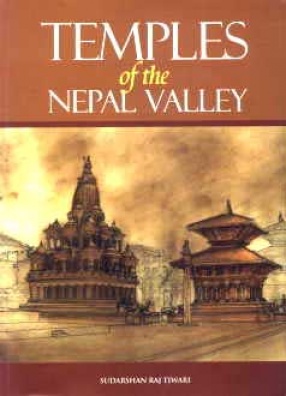
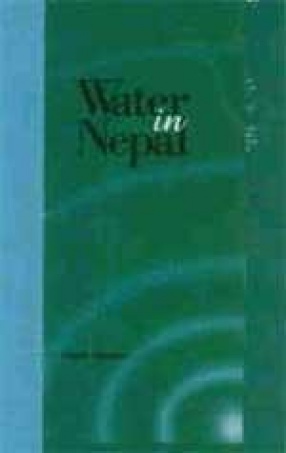
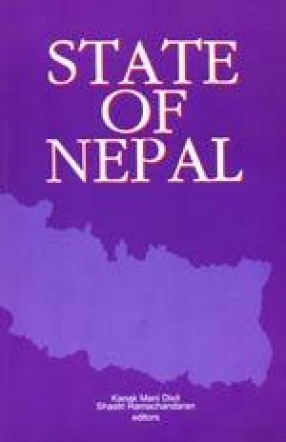
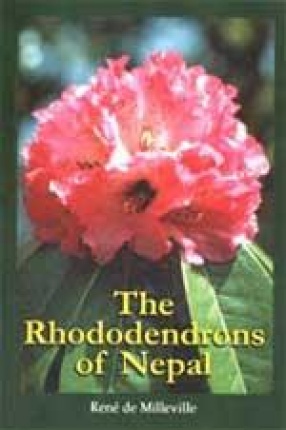

Sucaruvadadesika- a very beloved/ beautiful/ delightful teacher/ guide whose speech/music of delightful- honors Professor Theodore Riccarde, Jr. of Columbia University through contributions by various of his students and colleagues. Professor Riccardi was known to them as an intellectual who studied, taught, mentored and served through the many years of his engagement with Nepal. The contributors of this volume reflect a range of academic expertise, moral ...

The Surprising rise of identity politics after the restoration of democracy in 1990 led to increasing academic and political attention on political exclusion and ethnic politics. However, many aspects of exclusion are yet to be analyed. The atticles in this volume illuminate additional dimensions of exclusion and inequality. The authors examine interactions between foemal and informal institutions and political exclusion, inert-group inequality, ethnicization of ...

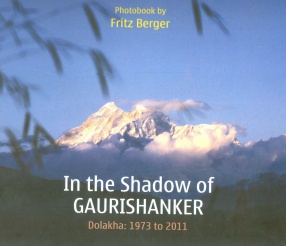
In The Shadow of Gaurishanker portrays the changes seen in Dolakha district in eastern Nepal over the past 40years. The photographs in colour and back & white take us back to vanishing traditions, costumes and knowledge, and the struggles of the hill people on their way to a better future. Roads, forests and potatoes are the main drivers behind these immense changes, and were only possible throught the joint eddorts of the local people, government forces, and ...


Nepal was forged out of the conquests by the principality of Gorkha, and Nepalese historians often view this process as consisting of 'national unification'. This work is a probe to see whether cohesive elements of nation-building were present in the past to warrant such a description. It examines some of the real motives behind Gorkha's desire to expand over the neighbouring hills and plains and beyond, together with its consequences on the society ...

Temples are dominant in the ensemble of Kathmandu Valley's traditional architecture. The image and visual appeal of the architecture of the Nepal Valley (as Kathmandu Valley used to be known in the past) and the skyline it composed are registered most by the multi-roofed temples. A significant number of these temples follow the Vastushastra, the classical Hindu ritual design principles as handed down from ancient times through oral tradition. But a ...

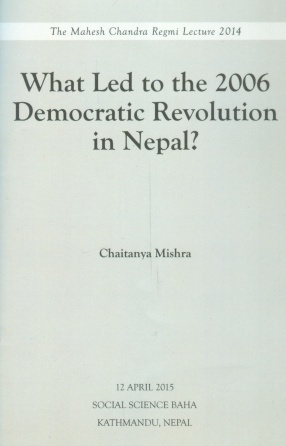

Gender in the Himalaya: Cultural Political of Gendered identity. Place and Positionality engages with the vibrant field.of feminist scholarship and brings together a collection of papers by scholars who have-term research relations with communities in the Himalayan region. In considering the Himalayan as a froces as well as historically and politically positioned actors. by drawing on their sustained engagement with specific field sites and participation with ...
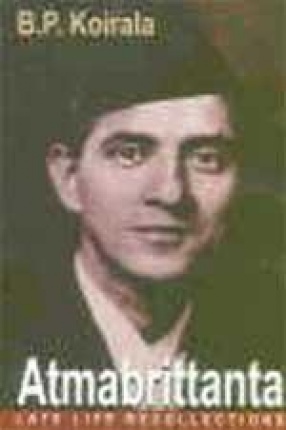
Writer, thinker, statesman and humanitarian, B.P. Koirala was a Nepali to be proud of. He fought for Indian independence and then turned homeward to fight the Rana regime. As the towering figure of the post-Rana era, he gave momentum to Nepal’s entry into modern times. His many years of imprisonment (in British India and, later, in a Nepal ruled by the King) and exile gave BP’s career the poignancy of unfulfilled expectations. Even as he has been elevated to ...

Water in Nepal is an account of Nepali society’s development efforts over the last two decades seen through the lens of water. Water has normally been understood to be Nepal’s biggest and most under-exploited resource, but Dipak Gyawali questions such beliefs by going beyond the usual practice of Government and aid agencies to see water resources development as primarily a construction enterprise. These writings reflect Gyawali’s evolution from engineer to ...

A country in need of understanding the more Nepal 'modernises' and the more complex its society becomes, the less understood it is in the South Asian neighbourhood and beyond. The life and times of 23 million people in the contemporary period, particularly in the last dozen years of democracy, is paradoxically an increasing area of darkness. This book describes how this uniquely diverse country is grappling with change and continuity, with some of the sharpest ...


Of late, there has been a growing interest in how non-western peoples have been and continue to be depicted in the literatures of the west. In anthropology, attention has focused on the range of literary devices employed in ethnographic texts to distance and exoticise the subjects of discourse, and ultimately contribute to their subordination. This study eschews the tendency to regard virtually all depictions of non-western ‘others’ as amenable to the same ...
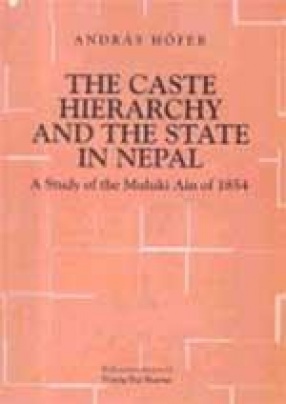
The Muluki Ain of 1854, the subject of Andras Hofer's study, is a document of great historical, legal and cultural interest for scholars on Nepal. For nearly a hundred years since it was first promulgated in the mid-19 century, it remained in force as the prime law of the land . . . It was the epitome of Orthodox Hindu values, and given to protecting the pre-1951 political order of Nepal as well as the social and religious values it stood for. Barring a couple of ...

The Himalaya, all the experts agree, face serious environmental problems; they are caught in a downward spiral. The rate of fuelwood consumption, for instance, is asserted to be far in excess of the rate at which the forest grows. However, the expert estimates of these two rates vary by such immense factors that we simply cannot say whether the spiral, if it exists, is upward or downward. There is something severely wrong with the Himalaya but we cannot tell what ...
